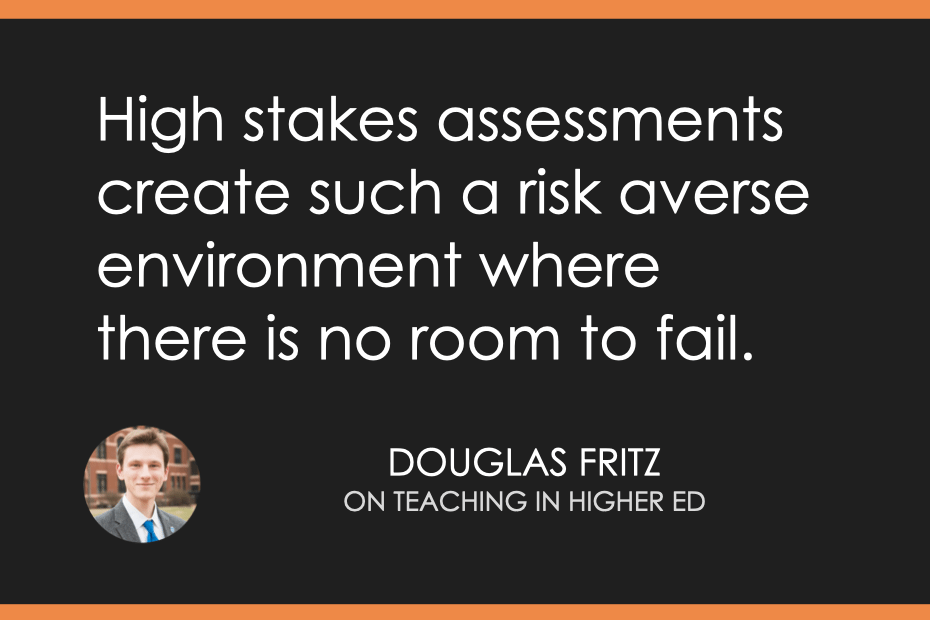Bringing Faculty into the Student Success Movement
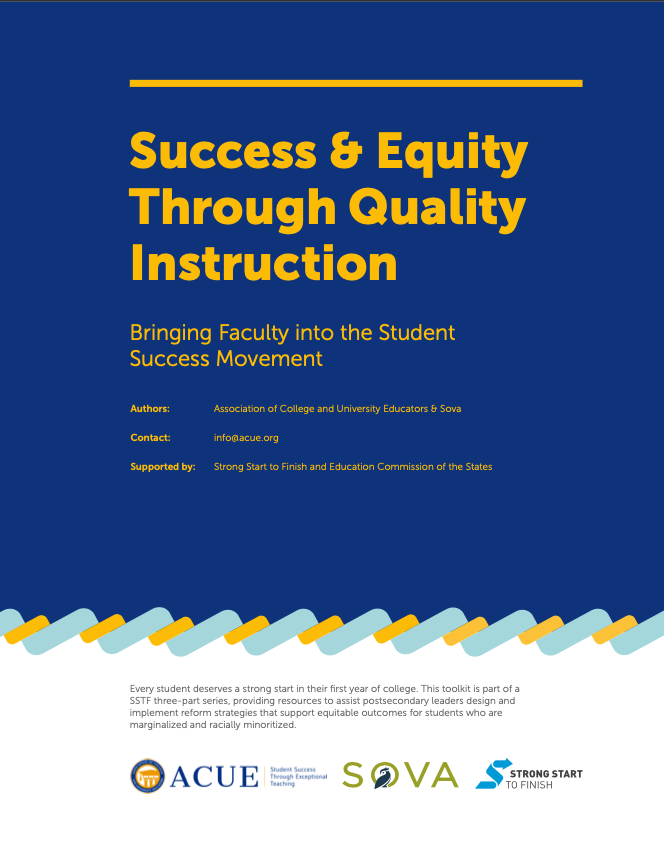
By Jonathan Gyurko, PhD Over the years, ACUE has written often about the need to place quality, evidence-based teaching at the heart of efforts to graduate many more well-prepared students, through the support and place of pride that faculty deserve. We’ve learned many things along the way, but one lesson stands out: simply offering professional […]
ACUE-Certified Faculty Making a Difference
Student Success Through Exceptional Teaching at the University of Southern Mississippi
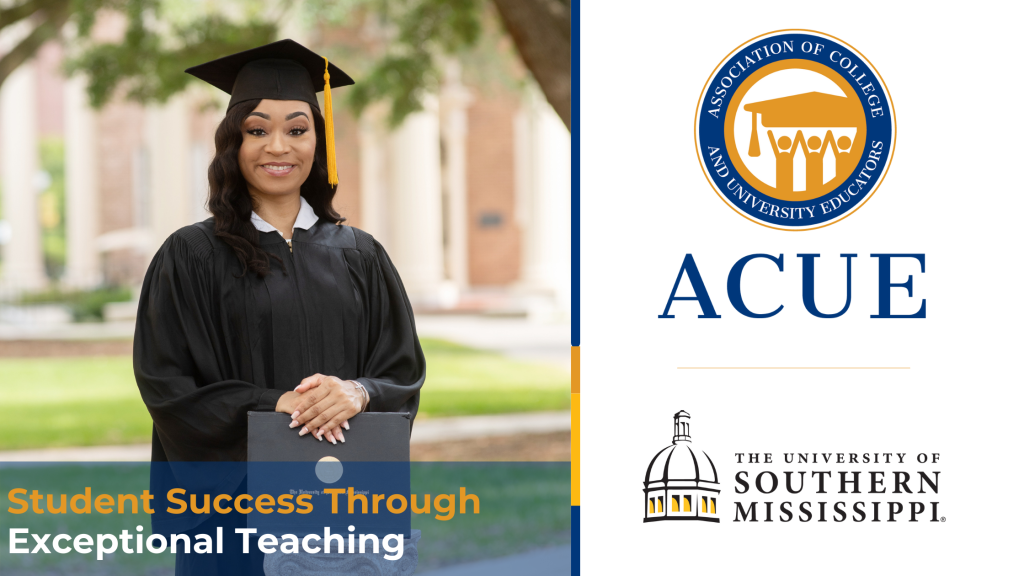
For KaSondra Toney, earning a college degree was anything but typical. As a single mom, she withdrew twice to focus on raising her young family. It took almost 20 years, and she often questioned if she was good enough to succeed in college, but she remained determined to finish. Last year, she achieved her goal and […]
Back to School: Preparing for Student Success with ACUE
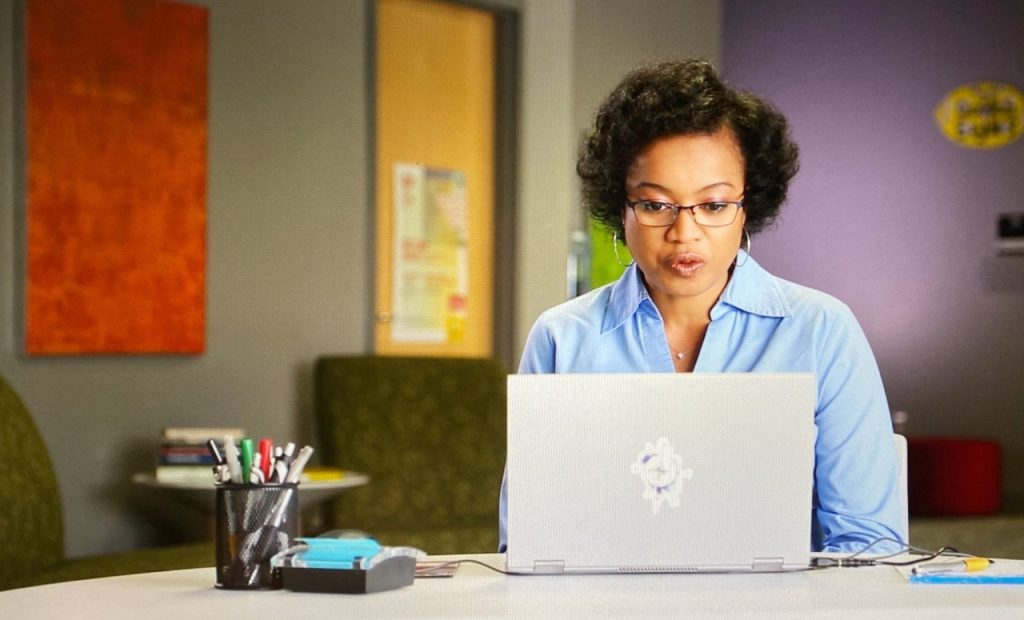
As a new academic year gets underway, we asked ACUE Certified faculty to share insights and words of wisdom for faculty whose learning journey is just beginning. In their own words, here are five ways faculty can start the year strong and get the most of their experience: Start Small Take Risks Cultivate a Community […]
The Role of Faculty in Student Mental Health
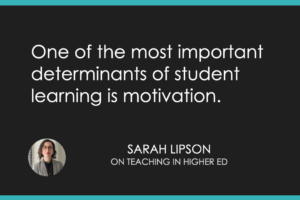
A Light Bulb Moment for Liberal Arts Online Learning
“No Room for Doubt”: A Holistic Approach to Developmental Education Reform
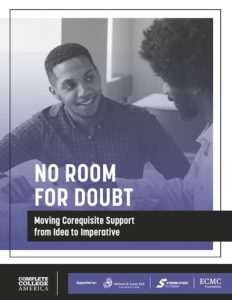
By Jonathan Gyurko There is no doubt that traditional prerequisite remedial education is an academic dead end. A decade ago, over 1.7 million students were being enrolled in non-credit-bearing courses each year. The offerings were full of unintended and counter-productive deficits thinking about what students ‘couldn’t do’ and how they ‘weren’t ready,’ for college-level work, […]
‘A Lightbulb Moment’: Taking Liberal Arts Online Learning to the Next Level
A private, nonprofit institution founded in 1875, Park University resembles a lot of traditional liberal arts colleges, with a flagship residential campus just outside Kansas City in Parkville, Mo. But over the past 25 years, Park has emerged as “an innovator in distance learning and online curriculum,” developing over 650 courses online that serve nearly […]
The Body as a Cognitive Resource: Interview With Minding Bodies Author Susan Hrach
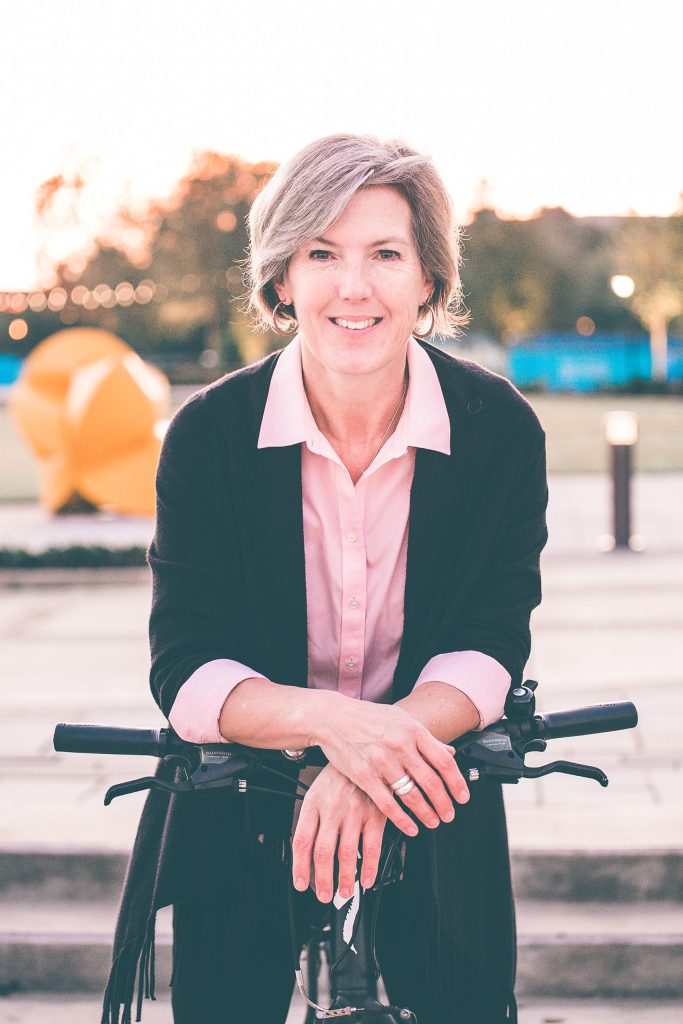
How does physical movement affect learning? “Movement determines, in a lot of ways, how our brains work,” says Susan Hrach, author of Minding Bodies: How Physical Space, Sensation, and Movement Affect Learning. In her book, Hrach shares findings from evolutionary science and research in cognitive psychology, kinesiology, and phenomenology, and calls for learning experiences to […]
Toward More Equitable Assessment
